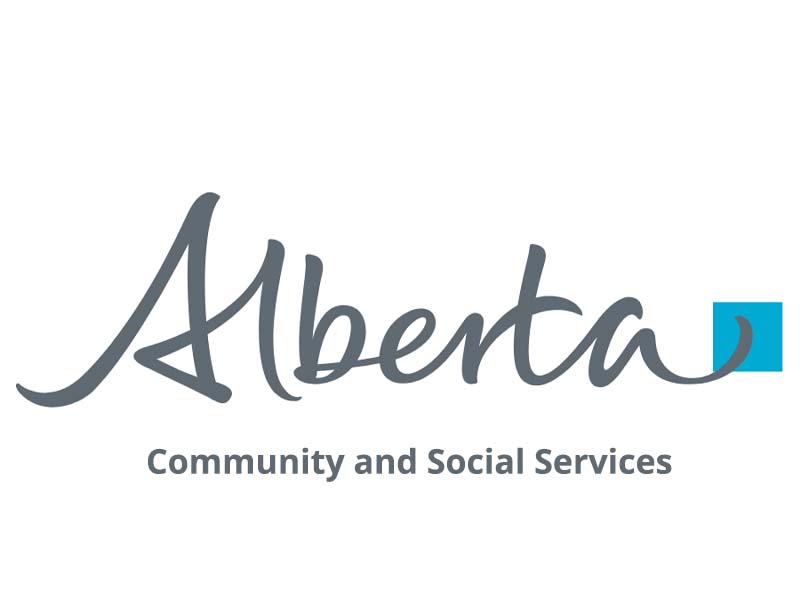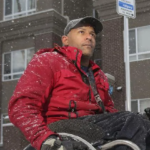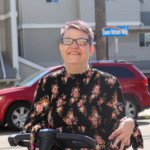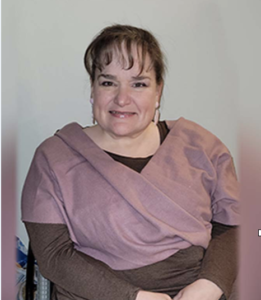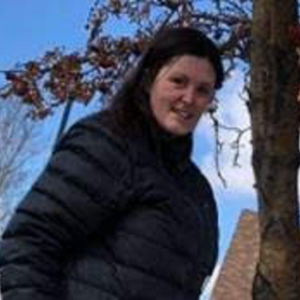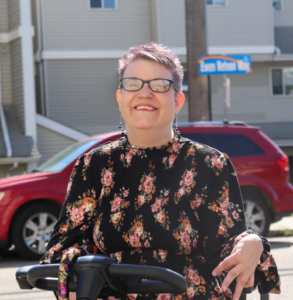Stay Safe, Warm, and Independent as the Seasons Change
As the temperature drops and daylight hours shrink, fall and winter can bring unique challenges for people with disabilities—especially when it comes to safety, mobility, and comfort at home.
Here are a few simple, proactive steps to help make your home more accessible and ready for the colder months:
1. Clear Paths & Prevent Slips
Keep walkways, ramps, and stairs free of snow, ice, and leaves. Use non-slip mats and consider a heated walkway mat for high-traffic areas. Install grab bars near entrances for stability during icy conditions.
2. Improve Lighting for Shorter Days
Add motion-sensor lights near entryways. Use plug-in night lights in hallways and bathrooms to reduce fall risks. Consider smart bulbs or timers to automatically light up areas before dark.
3. Maintain a Comfortable Indoor Climate
Ensure heaters and thermostats are easy to reach and adjust. Stay Safe, Warm, and Independent as the Seasons Change.
 Become a Member
Become a Member login
login





